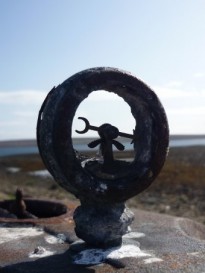 Research is thrilling; you can go on for hours stalking down your family, collecting new documents and information. Noting a reference can feel boring, mundane, the admin that you might get round to one day. I know. I’ve been there – and regret it!
Research is thrilling; you can go on for hours stalking down your family, collecting new documents and information. Noting a reference can feel boring, mundane, the admin that you might get round to one day. I know. I’ve been there – and regret it!
What is a reference and why does it matter?
In a nutshell, a reference describes where you found a piece of information, using a standard format, in such a way that you or someone else could find it again.
So rather than the very vague “Birth record” of my very early days of research (hangs head in shame) I now record far more information. Here are some things to think about.
- Type of record: Statutory registration – birth, marriage or death, old parish register (OPR) baptism, marriage, burial, census etc
- Actual record, index or transcription? The difference is important. Indexes usually have less information than records themselves and transcripts can contain errors.
- Country: Scotland, England etc
- Parish or registration district and the county: St Ninians, Stirlingshire for example.
- Date: eg 3 May 1902 ( the 03/05/1902 format would be read as 5 March 1902 in USA so better avoided)
- Name of the person involved or persons if it is a marriage record. I use a woman’s maiden name usually unless it is only possible to search for her by her married name.
- Registration district number and entry number for civil registrations, the parish number, volume number and page (if numbered) for church registers. Bigger cities were divided into several registration districts so the RD name and number can be more helpful in tracking down other family members than just “Edinburgh”. Documents from the ScotlandsPeople website give you RD and entry numbers.

- Where I found the record: a website, archive or elsewhere. If it was online, I would also note the date I saw it, just in case it disappears later and I have to look for archived material. Probably not necessary for ScotlandsPeople.
What about the information from Auntie Nelly?
Should I treat her as a source? Yes! You know who she is but do others, especially if you are swapping information with more distant relatives? Here’s a possible reference that sets her in context and provides an indication of how reliable her information might be.
Information from Helen (Nelly) Smith (1932- ), daughter of John Smith (1899-1978) and Margaret Black (1910-1997).14 June 2014.
If the information came from a letter, email or other written source I’d note that too as it could be more accurate than the notes I made while listening to her talk.
Conclusion
Boring? Complicated? Unnecessary? I don’t think so. It’s not just about being able to find a source document again, important as that is. The process of creating a reference can act as a double check that you are on the right trail and stop you leaping to conclusions. Date – 1863? But he couldn’t have had children then – he was only born in 1852. And where is Gairloch, is that likely place of death? Oh, it’s a transcript – should I check the document itself?
These are some initial tips, there’s much more I could say. Happy searching and referencing.

